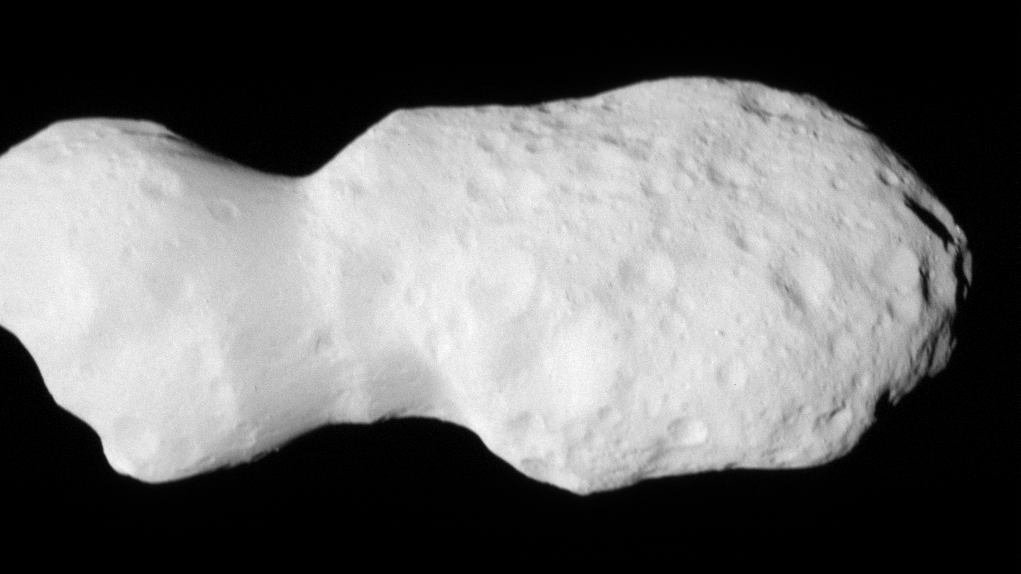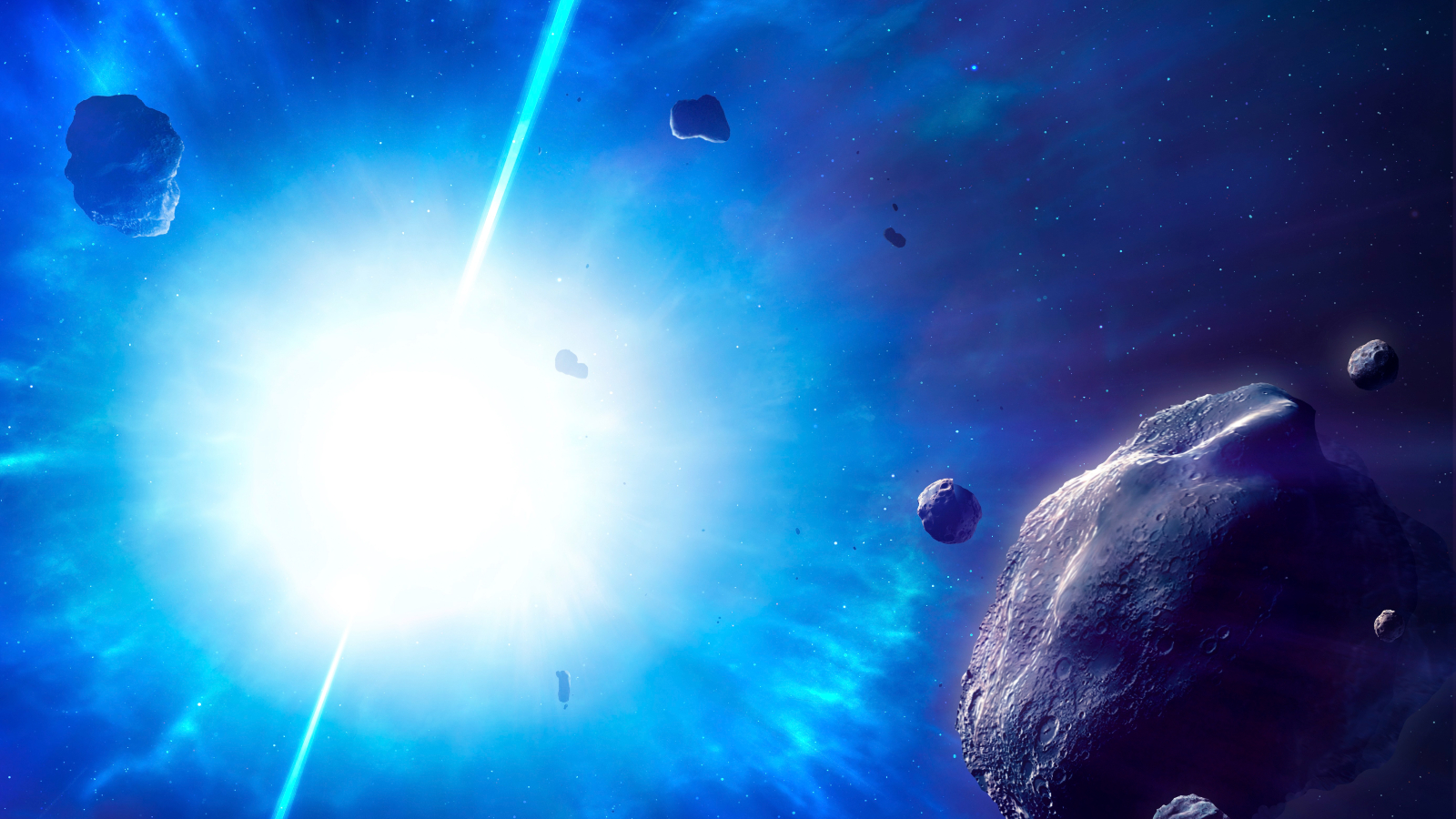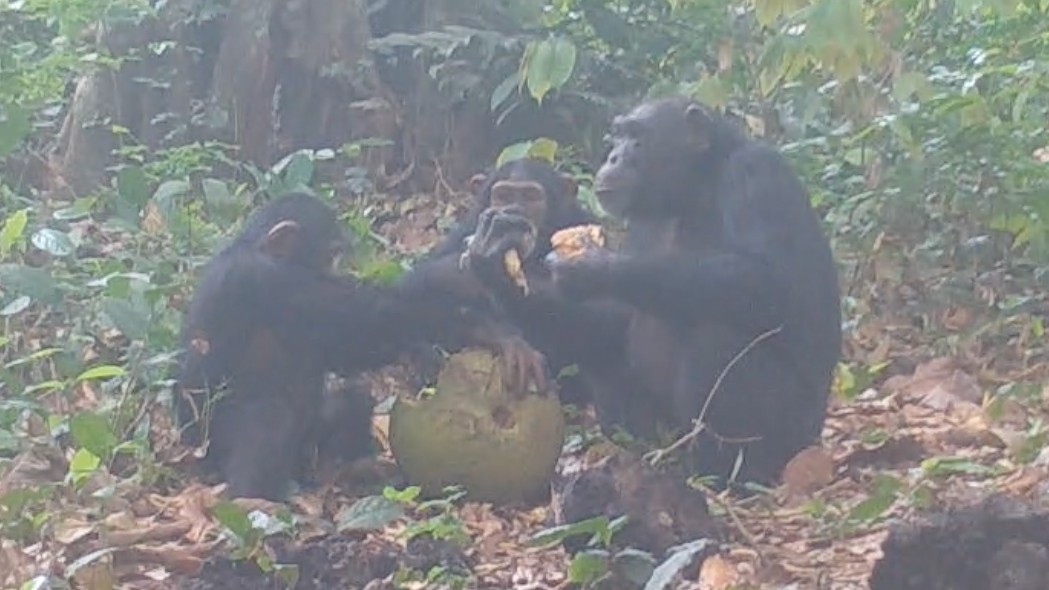'Many more ancient structures waiting to be discovered': Lost chunk of seafloor hidden in Earth's mantle found off Easter Island
Researchers created a seismic map of Earth's interior beneath the southeastern Pacific Ocean and discovered an ancient slab of oceanic crust that appears to be stuck midway through the mantle.
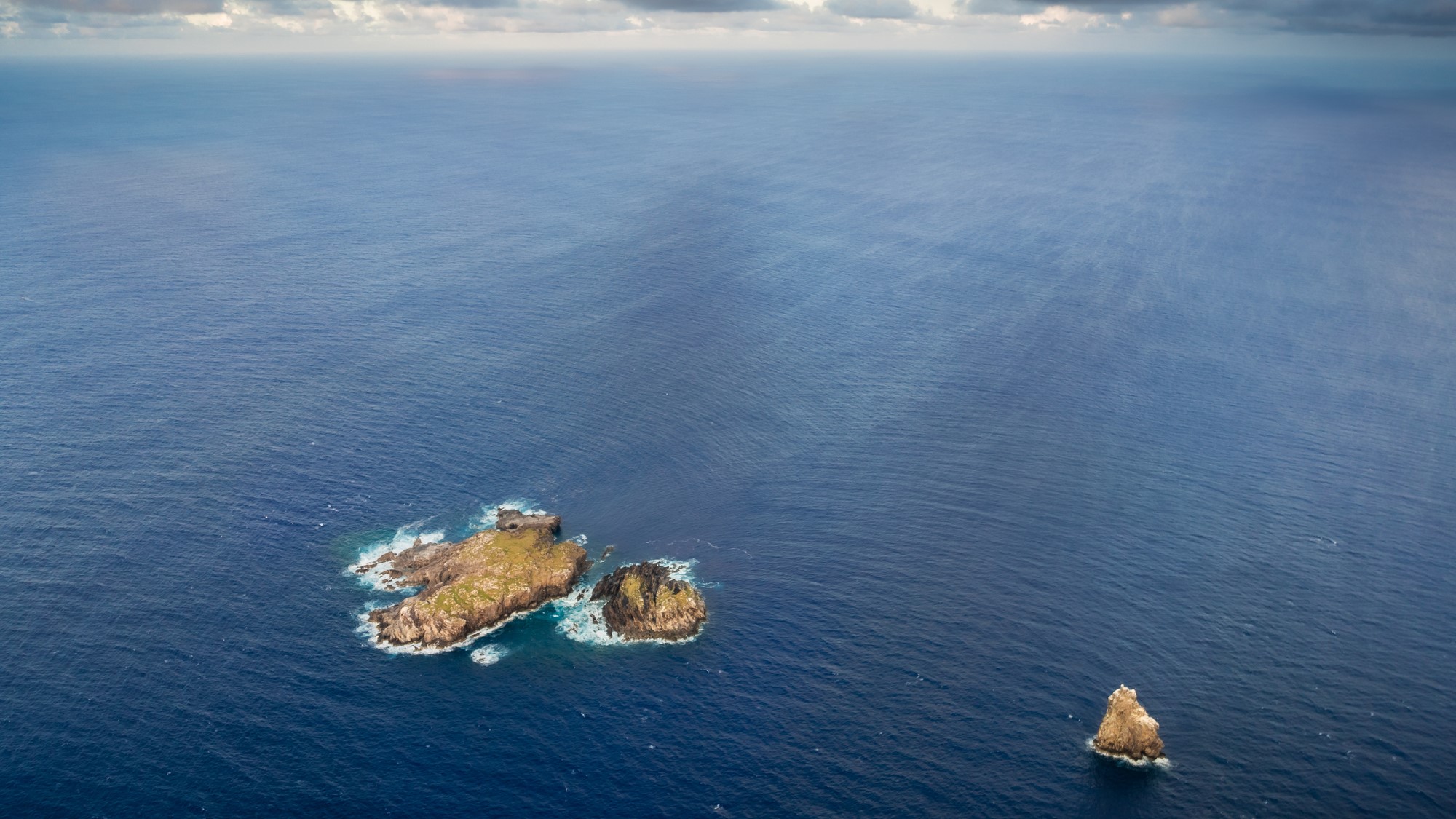
Scientists have discovered the "fossilized fingerprint" of a chunk of seafloor that was hiding beneath the Pacific Ocean in Earth's mantle.
A new study shows that this fingerprint corresponds to a slab of Earth's crust that began sinking into the mantle approximately 250 million years ago, at the dawn of the age of dinosaurs (252 million to 66 million years ago). This slab once formed part of the seafloor in the southeastern Pacific and could help explain a strange gap in the lowermost sections of the mantle — the middle layer of Earth's crust that wraps around the planet's core.
"It's giving us a glimpse into Earth's past that we've never had before," study lead author Jingchuan Wang, a seismologist and postdoctoral associate at the University of Maryland, said in a statement.
The sunken slab now sits sandwiched between the upper and lower mantle, in the mantle transition zone. This transition zone stretches between 255 and 410 miles (410 to 660 kilometers) deep beneath Earth's surface, although it can expand and contract depending on heat currents circulating in the mantle, according to the statement.
Wang and his colleagues found the slab while exploring the mantle beneath the East Pacific Rise, a fast-spreading mid-ocean ridge located 2,000 miles (3,200 km) off the coast of South America. The researchers used seismic waves to examine the types of rock beneath the seafloor and create a digital cross-section of Earth's crust and mantle. The team published its findings Sept. 27 in the journal Science Advances.
Related: Gargantuan waves in Earth's mantle may make continents rise, new study finds
The cross-section revealed an unusually thick mantle transition zone beneath a portion of the East Pacific Rise roughly 220 miles (350 km) east of Rapa Nui, which is also known as Easter Island. "This thickened area is like a fossilized fingerprint of an ancient piece of seafloor that subducted into the Earth," Wang said.
Sign up for the Live Science daily newsletter now
Get the world’s most fascinating discoveries delivered straight to your inbox.
Subduction occurs when two tectonic plates collide and one dives beneath the other. Material from the subducting plate usually disintegrates in the mantle, where blazing temperatures recycle the rocks into magma. Remarkably, the newly discovered slab somehow escaped that fate.
"Usually, oceanic slabs of material are consumed by the Earth completely," Wang said.
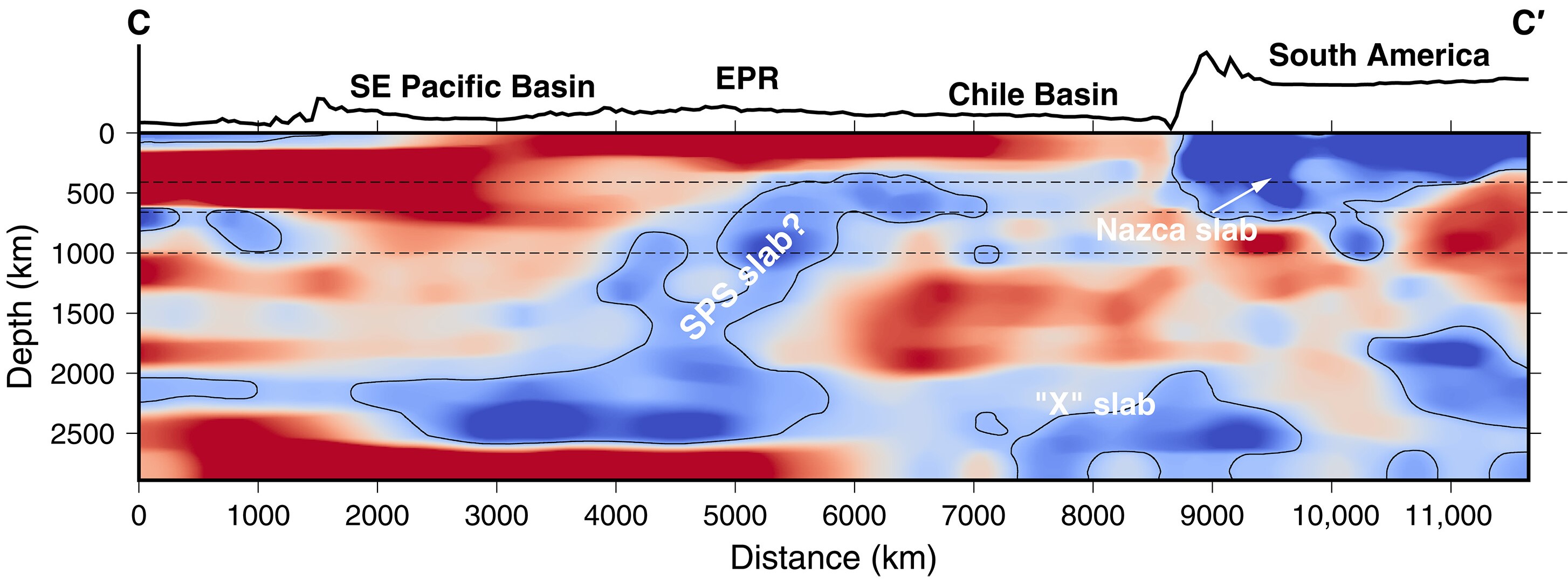
The slab's position indicates it traveled through the mantle at about half the speed researchers would normally expect for a subducting plate, according to the statement. This in turn suggests the mantle transition zone can act as a viscous barrier and slow the movement of sinking material, Wang said.
The slab could help explain a strange gap in a region of the mantle directly beneath the thickened portion of the transition zone. The study site sits atop an area of Earth's lower mantle called the Pacific Large Low Shear Velocity Province (LLSVP), where seismic waves slow down considerably.
The mass of the slab stuck inside the transition zone could be pushing the zone's lower boundary into the LLSVP, creating a gap in the LLSVP as material relocates to accommodate the shape of the slab.
The discovery also offers a new lens through which to investigate plate tectonics. "This is just the beginning," Wang said. "We believe that there are many more ancient structures waiting to be discovered in Earth's deep interior. Each one has the potential to reveal many new insights about our planet's complex past — and even lead to a better understanding of other planets beyond ours."

Sascha is a U.K.-based staff writer at Live Science. She holds a bachelor’s degree in biology from the University of Southampton in England and a master’s degree in science communication from Imperial College London. Her work has appeared in The Guardian and the health website Zoe. Besides writing, she enjoys playing tennis, bread-making and browsing second-hand shops for hidden gems.


